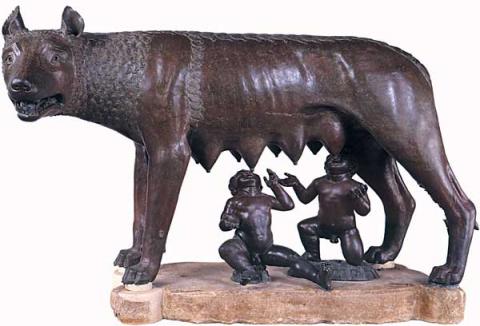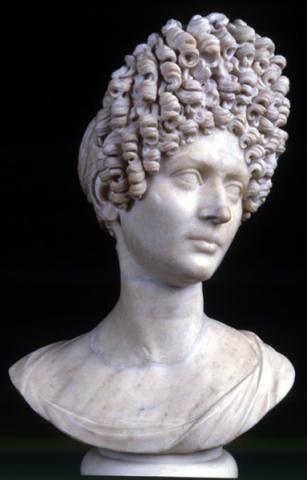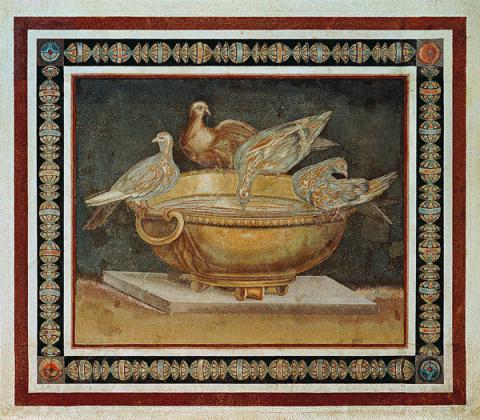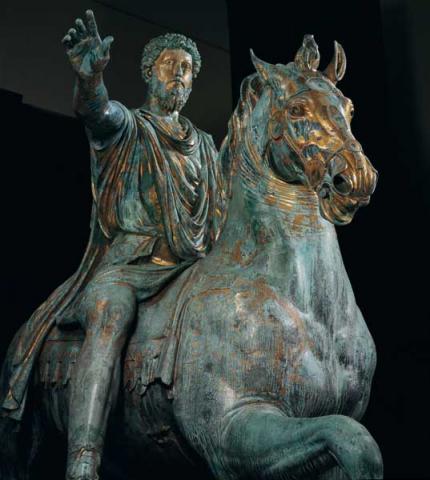Glimpses of Byzantium
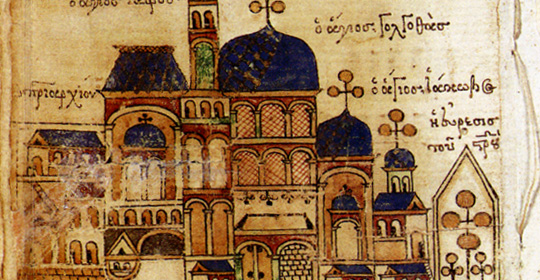
Art in Greece from the fall of the Byzantine Empire (1453) to the beginnings of the modern state (1830) - paintings on panel, frescoes, illuminated codexes and printed books, religious vestments and liturgical furnishings.
The exhibition is the result of the collaboration between the Ministry of Culture of the Hellenic Republic, the Greek Embassy in Rome, the Councillorship responsible for Cultural Policies and the Monuments and Fine Arts Office of the City of Rome.
The shared commitment of these same institutions resulted in the organisation, in 2001, of the exhibition "Sulle rotte di Omero", focussing on archeological traces and population movements in the basin of the Eastern Mediterranean between the XVIth and the VIth century BC. "Riflessi di Bisanzio" deals with completely different and almost unexplored themes. Previously presented in New York at the Alexander S. Onassis Public Benefit Foundation where it was a big success, it will now be displayed in Palazzo Caffarelli on the Capitol Hill on the occasion of the Hellenic Republic's semester of presidency of the European Union.
The organisers of the exhibition have selected 54 works including rare paintings on wood, frescoes, precious vestments and liturgical articles, bindings, manuscripts and printed books with the aim of illustrating the artistic currents that blossomed in Greece during the complex and eventful historical period that goes from the conquest of Byzantium by the Ottoman Empire in 1453 to the dawn of the new Greek nation in 1830.
The religious art of this period, largely unknown to the public, is marked by the persistence of many elements of Byzantine culture as well as the fruitful contamination with the art of the Ottoman Orient and that of Christian Western Europe, especially Venice and its area of influence.
The rare frescoes on display document the continuity of production in the principal Orthodox monasteries, from Mount Athos to Meteora and those in Macedonia, Thessaly and Epirus, where artists of great importance thrived in an atmosphere of culture.
Some of the valuable paintings on wood - icons and triptychs - testify to the enduring influence of the thirteenth and fourteenth century art of the capital of the Byzantine empire on the school of painting that blossomed in Crete in the XVth and XVIth centuries, whose exponents were Hellenic artists who found refuge in the island ruled by the Venetians. In the dynamic cultural context of the Cretan school, painters such as Andreas Ritzos, Nikolaos Tzafouris and Michael Damaskenos, inspired by western paintings from the Veneto area and the Adriatic, created original combinations of the "Greek mannner" and the "Latin manner", also appreciated by noble Catholic clients from Venice.
Under Ottoman rule Constantinople continued to be the major centre of production of precious sacred vestments in silk and velvet embroidered with gold and silver thread and the examples included in the exhibition reveal a incredibly rich and powerfully evocative iconography. Finally, rare liturgical articles in gold, silver, enamel and filigree illustrate the subsequent blossoming of sumptuary art in the XVIIth and XVIIIth centuries in centres of production located near the great continental Orthodox monasteries, such as those in the environs of Backovo, a town now in Bulgaria.


























